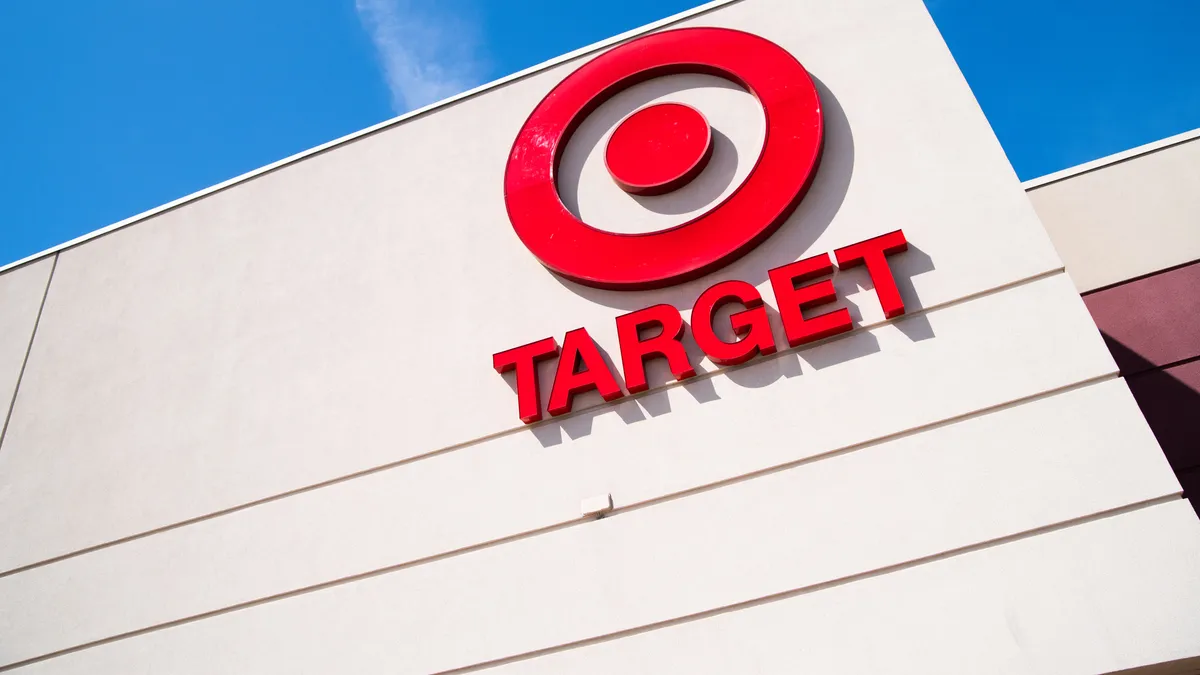Dive Brief:
- Despite its move to rightsize inventory in the face of lagging demand and refocusing on best-selling categories, Target’s sales in the second quarter fell short of estimates.
- Operating income plummeted 87% YoY, driven in part by increased merchandise and freight costs, as well as product markdowns in the hopes of moving inventory.
- CEO Brian Cornell stood by the retailer’s actions to cancel orders and mark down products due to an inflation-induced demand drop. Cornell framed the moves as short-term financial pains necessary to maintain a fresh shopping experience and prepare for the back half of the year.
Dive Insight:
In June, Target was the largest and among the first in the industry to check expectations for 2022 and warn of the impact on consumers from inflation. The retailer sharply revised down its guidance and said it would be taking markdowns and canceling orders as consumers reined in their discretionary spending in the face of price spikes on food and gas.
It comes down to inventory. Target marked down items facing weak demand so it could clear them from its floors while also canceling orders and paring back its plans for the year. The retailer said its fall receipts on discretionary categories has been reduced by $1.5 billion.
Cornell described the markdowns as a “bold effort” to rightsize its inventory position. In an earnings call, the Target chief painted an alternative scenario where it tried to maintain its profit margins for the quarter by slowly clearing the inventory over time rather than quickly from discounts.
In that scenario, Cornell said, Target would have racked up costs to store and manage the inventory, degraded the guest experience with cluttered sales floors, and burdened its store and supply chain teams with the task of managing the excess inventory in the system.
It is a whiplash-inducing shift from last year and early 2022, when retailers were scrambling to keep their shelves stocked in the face of high demand and supply chain backups.
Regarding its inventory issues, Neil Saunders, managing director of GlobalData, told Retail Dive the company “clearly badly misjudged demand and was too focused on getting product through the door at all costs while paying too little regard to the price paid.”
With the actions to clear inventory, Target was able to pivot to better selling categories — some of them lower margin, like food (which Cornell said was “front and center”) and other consumables. Executives also called out beauty — which at Target has gotten a boost from a partnership with Ulta Beauty — as a leading category as consumers restart their social lives more than two years into the pandemic.
Cowen analysts told Retail Dive in an emailed note that they were “encouraged by strong comps at [Target’s] grocery and essentials categories.” But other analysts expressed disappointment in Target’s performance miss, especially after revising down its guidance during the period.
Bill Kirk, managing director with MKM Partners, expressed concern in an emailed research note prior to the earnings call that Target’s markdowns could “damage” its brand image with customers. “We worry that even after inventory clears, some impact could remain,” Kirk told Retail Dive.
Throughout the conference call, executives consistently pointed to the long-term ahead as well as Target’s performance against the pre-pandemic era. Cornell noted that the retailer in Q2 added 90 million guest visits since 2019.















